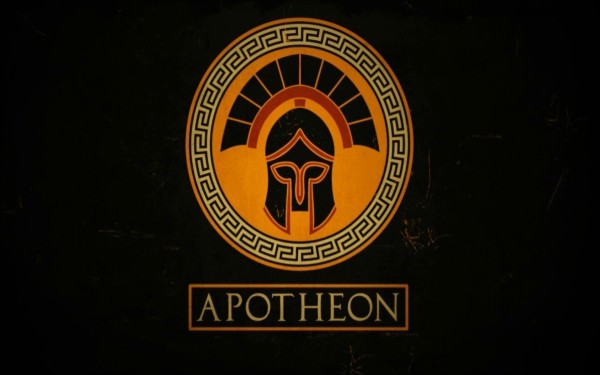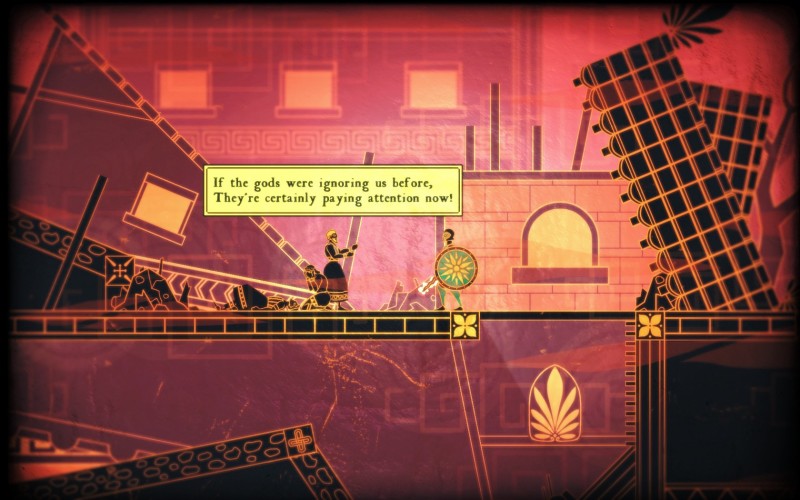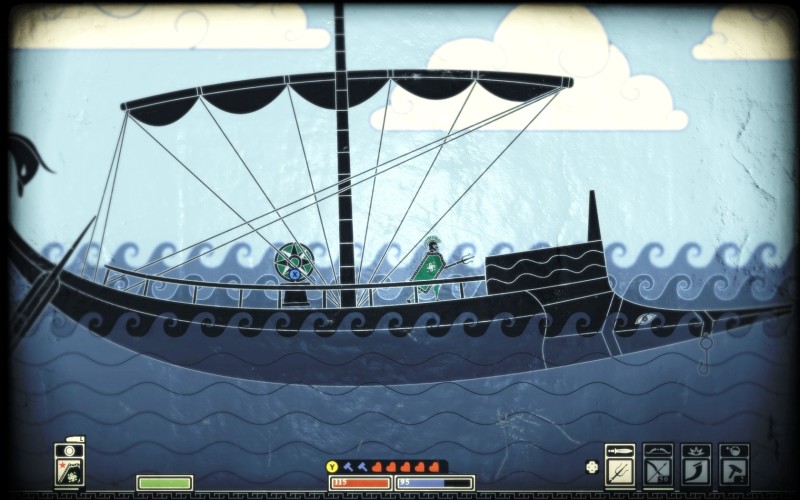Once in a while, I come across a video game that seems to have strong affinities with the Humanities.
In early February 2015, Canadian video game developer Alientrap released Apotheon, a Greek-themed action-adventure 2D sidescroller on Steam. In a matter of two weeks, the game received widespread critical acclaim from the video gaming community, and official reviewers on major gaming outlets.
Upon playing the Apothenon, I immediately decided to write a piece about game. Apothenon’s special treatment of Greek mythology, I felt, begged a full rejoinder from a humanities scholar.
I wanted delve into the game’s aesthetic tribute to Greek Art, and see what new form was being invented in the blending of Ancient and Modern cultural genres.
It turned out to be a more difficult topic to cover than I anticipated. Here’s the structure of my main argument:
Apotheon highlights cultural affinities between ancient mythology and modern video games, in the following ways:
- The game’s tribute to Ancient Greek myth takes the form of an integrated aesthetic, that focuses on feel, and atmosphere.
- The game’s integrated aesthetic works on the player’s sensorium, at the kinaesthetic level.
- Our attitudes toward Greek myth make us particularly receptive to imaginative fictional re-creations of the ‘myth experience’.
- Video games are unique, in that they are a synthesis of many arts, and focus on player experience. In this, they compel us to encounter culture at a more ‘structural’ level.
- In the final analysis, we find that the artistic direction and ‘metroidvania’ genre of Apotheon, combined with the cybernetic nature of the video game hero, belie the deeper affinities between the video game and Greek myth.
You can read the full on Play the Past. Let me know what you think!




Leave a Reply